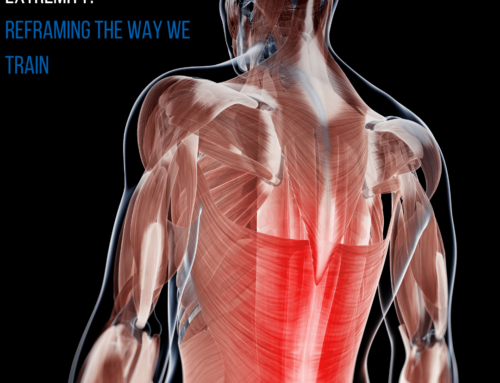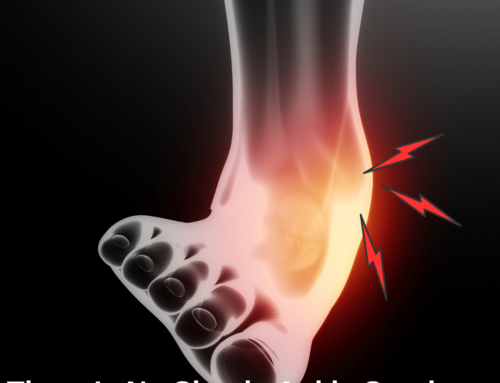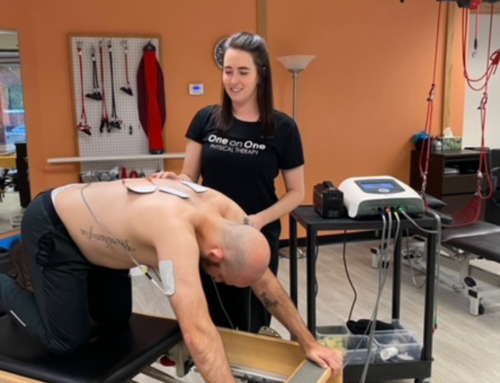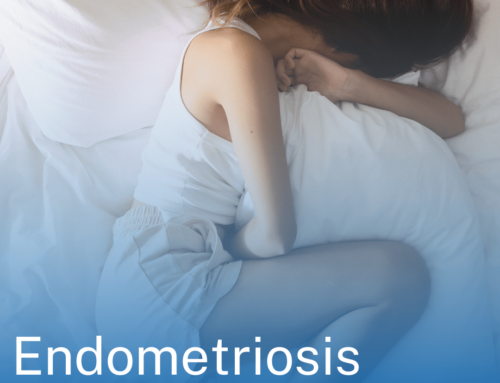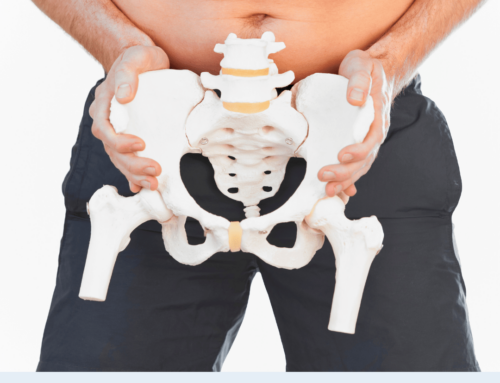Comprehensive Guide to Cervical Dystonia Treatment

Cervical Dystonia Treatment, Symptoms, and Specialist Care
This article will explore cervical dystonia treatment, symptoms, various treatment approaches, the role of physical therapy, and other therapies designed to improve quality of life for patients.
Cervical dystonia, also known as spasmodic torticollis, is a chronic neurological disorder characterized by abnormal, involuntary contractions of the neck and shoulder muscles. These muscle spasms result in painful, involuntary movements and twisting of the head. Living with cervical dystonia can severely affect a person’s ability to control their muscles, making daily activities difficult.
Cervical Dystonia: Understanding the Condition
Cervical dystonia, sometimes referred to as neck dystonia or torticollis, is a rare movement disorder where the muscles controlling the neck contract uncontrollably. These muscle contractions can cause the head to twist or tilt in various directions. Common movements include the head pulling to one side (torticollis), backward (retrocollis), or forward (anterocollis). The severity and duration of muscle contractions vary from person to person, and they can significantly impact posture and mobility.
Cervical Dystonia Symptoms
Some of the most common symptoms of cervical dystonia include:
- Involuntary muscle contractions in the neck
- Twisting or tilting of the head
- Neck pain or discomfort
- Tremors in the head
- Difficulty maintaining proper posture
- Muscle stiffness and tightness
Over time, the muscle contractions may cause changes in posture that affect other parts of the body, including the shoulders and back.
Cervical Dystonia Treatment Options
There is no single cure for cervical dystonia, but several treatments are available to help manage its symptoms. Treatment plans are usually highly individualized and may involve a combination of therapies tailored to the patient’s specific needs.
Physical Therapy for Cervical Dystonia Treatment
Physical therapy plays a critical role in managing cervical dystonia symptoms. The main goal is to restore normal movement patterns that have been lost due to the condition. Pain and muscle stiffness often result in the shutdown of stabilizing muscles, allowing larger muscle groups to take over, which leads to further pain and muscle tightness.
Key treatment goals in physical therapy include:
- Stretching Tight Muscles: Stretching helps relieve the shortened, tight muscles in the neck and shoulders, alleviating the strain that leads to pain and poor posture.
- Strengthening Weak Muscles: Strengthening exercises target weakened muscles, particularly those in the core and shoulders, which support proper neck movement and posture.
- Core Stabilization: Weakness in the core muscles, such as the abdominals, lower back, and pelvic muscles, often contributes to poor posture, which can exacerbate neck dystonia. Core stabilization exercises help improve posture and alleviate symptoms.
Working with a cervical dystonia specialist or a physical therapist experienced in treating the condition is essential. Tailored exercise programs can reduce pain and improve mobility, enhancing overall quality of life.
Neuroplastic Movement Therapy
Neuroplastic movement therapy aims to “retrain” the brain by utilizing specific exercises that trigger neuroplasticity—the brain’s ability to reorganize itself. According to Dr. Joaquin Farias, who pioneered this approach, cervical dystonia results from a loss of precision in brain activity. Movement therapy helps the brain recall past motor skills and gradually restore normal movement.
Some techniques used in this therapy include:
- Mental imagery exercises
- Dance or music-based activities
- Relaxation techniques that create pleasurable re-learning experiences
The success of neuroplastic movement therapy varies. Some patients experience immediate improvements, while others may require months of therapy before seeing significant changes.
Additional Therapies for Cervical Dystonia Treatment
While physical therapy and movement therapy are key components of treatment, there are several complementary therapies that can also help treat cervical dystonia symptoms.
Stretching Exercises
Stretching should not only target the neck muscles but also extend to the lower back, hips, thighs, and legs. This holistic approach is necessary because the body’s connective tissue, such as fascia and muscles, connects from head to toe. Stretching the entire body can reduce tension in the neck, which can alleviate the severity of neck dystonia.
Manual Therapy
Manual therapy includes several techniques aimed at improving mobility and alignment in the joints and muscles. These techniques include:
- Osteopathic Muscle Energy Techniques
- Myofascial Release
- Joint Mobilization
These gentle methods restore proper alignment, ease muscle tension, and promote better movement.
Dry Needling
Dry needling is an innovative technique used to deactivate painful muscle trigger points. This therapy involves inserting a thin needle into the skin and muscle at specific points, triggering a muscle contraction that helps release tension and reduce pain. Unlike acupuncture, dry needling directly targets myofascial trigger points and has been effective in reducing the severe neck pain often associated with cervical dystonia.
Redcord Suspension Training
Redcord suspension training helps activate neuromuscular connections, re-educating the body to move more efficiently. This form of exercise, supported by ropes and bungee cords, allows patients with cervical dystonia to perform pain-free exercises while reducing the strain on their muscles.
Modalities and Other Therapies
Other therapeutic approaches include:
- Functional Electrical Stimulation (FES): Stimulates the non-dystonic muscles to support the weakened areas.
- Heat Therapy: Applying heat packs or taking warm baths with Epsom salts can relax tight muscles and reduce pain.
- Acupuncture: Traditional Chinese Medicine techniques, such as acupuncture and cupping, improve energy flow and promote healing.
- Massage Therapy: Massage focuses on alleviating tightness in the neck and shoulders and can benefit the entire body.
Yoga and Relaxation Techniques for Cervical Dystonia
Yoga is an effective complementary therapy for cervical dystonia. Practices such as Yin Yoga, Restorative Yoga, and Therapeutic Yoga focus on stretching the deeper connective tissues and improving mental clarity. By focusing on alignment and controlled breathing, yoga strengthens the mind and body while reducing muscle tension.
Relaxation techniques, such as deep breathing and meditation, activate the parasympathetic nervous system, helping patients manage the stress and anxiety that often accompany chronic conditions like cervical dystonia.
Nutrition and Cervical Dystonia
While physical therapy and other movement-based therapies are essential in managing cervical dystonia, nutrition also plays a significant role. Some foods and food groups can contribute to inflammation, potentially worsening neuromuscular conditions. Limiting foods like sugar, alcohol, caffeine, and processed grains can be beneficial for people with cervical dystonia. Consulting with a registered dietitian or functional medicine physician can provide personalized nutrition plans that support overall health and wellness.
Summary of Cervical Dystonia Treatment Approaches
While there is no universally proven cure for cervical dystonia, treatment options are constantly evolving. Physical therapy, manual therapy, dry needling, neuroplastic movement therapy, and alternative treatments like acupuncture and yoga are among the most promising therapies for managing this condition. The most effective treatments often combine multiple approaches tailored to each patient’s needs. In some cases, Botox injections may also be used in conjunction with physical therapy to reduce muscle contractions.
If you suspect you have cervical dystonia or are experiencing dystonia neck symptoms, it’s crucial to consult a cervical dystonia specialist for a comprehensive evaluation. A multidisciplinary approach to treatment is often the best way to manage symptoms and improve quality of life.
Frequently Asked Questions (FAQs)
What are the common cervical dystonia symptoms?
Common symptoms include involuntary muscle contractions in the neck, head tilting, neck pain, and tremors in the head or neck.
Is there a cure for cervical dystonia?
Currently, there is no cure for cervical dystonia, but a combination of physical therapy, medication, and complementary therapies can effectively manage the symptoms.
What is the role of physical therapy in cervical dystonia treatment?
Physical therapy focuses on stretching tight muscles, strengthening weakened ones, and improving posture to alleviate symptoms and restore normal movement patterns.
Can diet affect cervical dystonia?
Yes, diet plays a role in managing the condition. Certain foods can exacerbate inflammation, and adopting a healthy, anti-inflammatory diet can support overall well-being.
How does dry needling help with cervical dystonia?
Dry needling targets trigger points in the muscles to release tension, alleviate pain, and restore normal muscle function.
What alternative treatments are available for cervical dystonia?
Alternative treatments include yoga, acupuncture, massage therapy, and relaxation techniques, all of which can complement traditional therapies and help manage symptoms.
Dr. Melissa Baudo Marchetti is a Board Certified Sports Clinical Specialist at One on One Physical Therapy, a multidisciplinary private practice in Atlanta. For nearly five years she was a full-time sports physiotherapist for the WTA Tour and is a tennis medicine and sports medicine expert. She teaches a Sports Physical Therapy course and assists in teaching orthopedics within the Division of Physical Therapy at Emory University.
